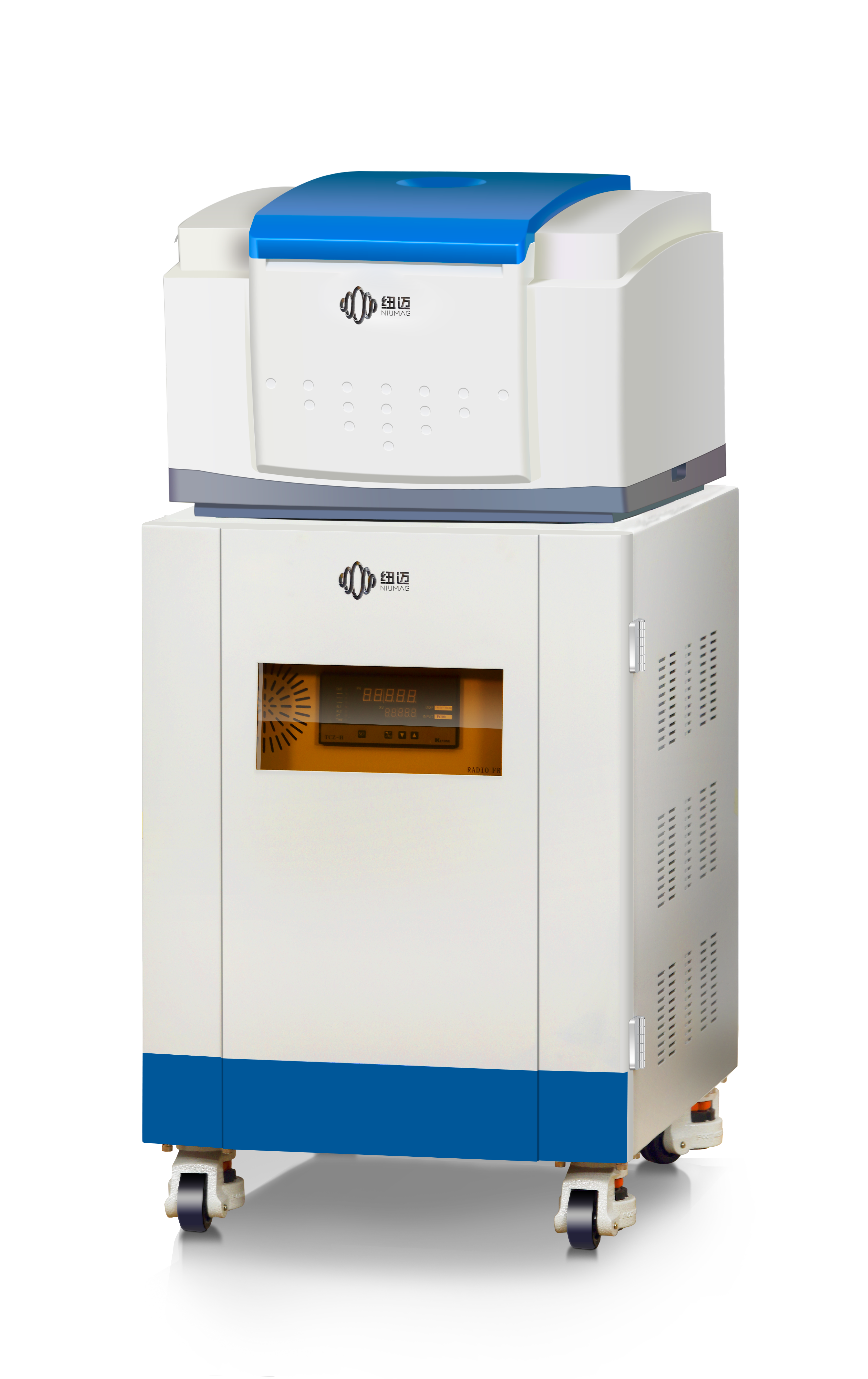Oil content on Fiber Tested by Low Field NMR
Why measure the oil content on fiber?
Fiber oiling rate is an important quality control parameter, which directly determines whether the fiber can meet the requirements of use. Uneven oil content is a common problem in chemical fiber production. Fibers with low oil content are prone to static electricity, while fibers with high oil content are prone to entanglement, both of which will seriously affect the normal process of textile processing. Therefore, it is very important to measure the oil content of fiber accurately and quickly to grasp and control the oil amount.
Oil content on fiber test methods
The test methods specified in GB/T 6504–2008 “Chemical Fiber Oil Content Test Method” include extraction method, neutral soap washing method, optical refractive index method and nuclear magnetic resonance method. In addition, in order to facilitate production, some companies have developed several new test methods, including “rapid extraction method”, atomic absorption method, conductivity method, distilled water oscillation method, ultraviolet spectroscopy, etc. The methods are used for certain types of products. test method.
Oil content on fiber test principle
- Standard extraction method: The principle of the standard extraction method is to use the oil that can be dissolved in a specific organic solvent, extract the oil in the sample with the appropriate organic solvent through the fat extractor, then evaporate the solvent to dryness, and weigh the residue. According to the quality of the oil and the quality of the sample, the oil content of the sample is calculated.
- Neutral soap washing method: the principle is to use the affinity of soap and oil. Under the action of washing force, the oil on the sample is transferred to the soap, and then the sample is calculated according to the quality change of the sample after washing. oil content.
- Optical refractive index method: The principle of optical refractive index method is to use the method of measuring the critical angle of total reflection to measure the refractive index of an unknown substance, and to quantitatively analyze some components in the solution to test the purity of the substance.
- Low-field nuclear magnetic resonance method: The principle of NMR method is to use NMR spectroscopy to transmit a pulsed magnetic field to the fiber sample. When the magnetic field is canceled, the response magnetic signal of the sample is detected, because the signal emitted by the fiber is higher than that of the oil. The decay is fast, and the oil content of the sample can be converted from the difference between the two.
Advantages of low-field NMR method for oil content on fiber
Most of the traditional detection methods for oil content on fiber use extraction methods. The extraction method takes a long time to detect, the detection results are lagging behind, the use of harmful reagents is required, the labor cost is high, and there are limitations such as empirical errors. Aiming at the shortcomings of traditional methods, NIUMAG developed a method to test the oil content of fibers using low-field NMR.
Low-field NMR performance characteristics: fast, accurate, and non-destructive, accurate oil content data can be obtained in only 30 seconds, providing the possibility for online real-time quality control.
 NIUMAG
NIUMAG

